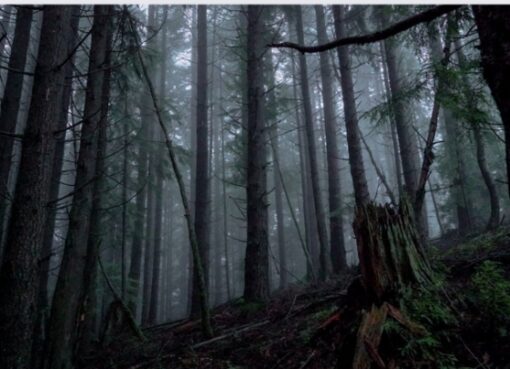Bluefire Wilderness Complaints: Beyond the Gloss – Unpacking Success Stories

Bluefire Wilderness Complaints paints a picture of idyllic transformation. The website is replete with glowing endorsements and stunning vistas that sell a bill of fare of salvation for troubled youngsters. Yet lurking beneath this carefully polished front, there are whispers of dissension. As lawsuits emerged last year and parents filed online complaints, the air of legitimacy surrounding Bluefire began to fade, and questions over whether the program really worked in the way it was promoted began to be asked.
Definitely there are success stories (more about them also later) but those faint voices must be listened to and addressed. But what do these gripes suggest boils beneath the surface? So is this more of an isolated problem or evidentiary of a monumental, ongoing systemic problem?
Unpacking the Complaints: A Look Behind the Curtain
A common thread among complaints revolves around questionable practices. Allegations of underqualified staff, insufficient supervision, and even instances of emotional or physical abuse paint a stark contrast to Bluefire’s advertised image of professional, nurturing care.
The second consideration is the issue of misinformation. Families who ask for help for their children are often the most desperate of all. And you feel [incredibly] pressure to choose the right program. Failing to disclose any potential risks of the Bluefire process attempts to to shortchange potential parties interested in using the Bluefire system.
Beyond the Rhetoric: Weighing the Evidence
A lawsuit is an important claim — though one that doesn’t necessarily rule out the chance of there being positive experiences for some adolescents and young adults. However, they do necessitate a critical look at Bluefire’s response to these complaints. A genuine commitment to transparency and reform would involve addressing these concerns head-on, with a focus on independent investigations and demonstrably improved protocols.
Success Stories: Genuine Progress or Selective Representation?
Success stories hold immense power. They offer a beacon of hope for those struggling to find help. However, it’s important to consider the possibility of selective representation. Bluefire curates the testimonials on their website, and the voices presented may not reflect the full range of experiences.
Seeking out independent reviews from alumni and their families can provide a more balanced perspective. Is there any place where raw reviews can be shared, both good and bad?
The Importance of Due Diligence: A Parent’s Guide
Given the hazards that exist in the industry, any parent considering wilderness therapy for their child should select a program with caution and strong vetting. Dont be afraid to go beyond the surface-like gloss of the marketing materials. Do your homework — Google to see if Bluefire takes safety really seriously (e.g., look for third-party accreditations), ask them for reviews from independent sources, and ask tough questions about the guide’s qualifications, about safety protocols in place, about grievance procedures.
They no longer did—so now we are in the process of making the opposite choice Or,listen to any alumni families you bring to campus for testimonial tours, as well as perhaps some of the less-satisfied ones if they exist, at the same time. Knowing the band of probable outcomes looks more realistic.
Conclusion: Seeking Help Should Empower, Not Confuse
The choice to place a child in wilderness therapy is not a light one. However, Bluefire Wilderness Complaints is just one of many programs and it is extremely important to view this choice with a perspective of discernment. An understanding of the complaints and proper verification will help parents continue to maneuver the wilderness therapy frontier with an eye toward hope that leads to genuine healing which is lined with authentic attention and care.



Leave a Comment